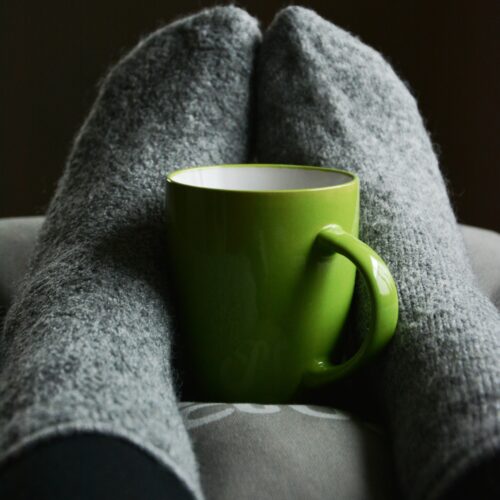
In search of a three-point plug?

What’s not to like about the exhibition, Electronic Superhighway, at the Whitechapel Gallery? Despite the slight frustration of finding that this survey from 1966 – 2016 is laid out in reverse, this is the most impressive exhibition about art and new technology in years. Among the early exhibits are works by Robert Rauschenberg and Stan VanDerBeek from two seminal exhibitions: the American Theatre and Engineering of 1966 and the ICA’s Cybernetic Serendipity of 1968. These set the scene for an ongoing dialogue between computers and other kinds of avant-garde practice such as op-art, systems and performance. Such correlations are continued in works such as Judith Barry’s Space Invaders of 1981 or Lynn Hershman Leeson’s video fantasy Seduction of a Cyborg of 1994.

The exhibition suggests interesting comparisons between the use of computers by the state to tag and classify its citizens and artists’ private manipulation of social media. Among the former are James Bridle’s Homo Sacer about identity and surveillance. In the latter category is Amalia Ulman’s Excellences & Perfections in which somewhat predictably she present herself through a series of alter egos.
Far more surprising is the fun which artists such as Nam June Paik, Joseph Beuys and Allan Kaprow have with early satellite transmissions. Their enthusiasm is mirrored by later works such as Ryan Trecartin’s hilarious A Family Finds Entertainment of 2004 or Eva and Franco Mattes’ My Generation, a wry homily on domestic and technological meltdown, which they present on a broken computer. Elsewhere Camille Henrot’s Grosse Fatigue of 2013 provides a welcome relief to the endless saturation of the internet by distilling the history of the universe into a sequence of beautiful chosen images.

One of the artists in Electronic Superhighway, Amalia Ulman, also appears in Performing for the Camera. This survey of photography and performance at Tate Modern includes familiar works by Yves Klein, Jeff Koons, Yayoi Kusama and Stuart Brisley. There is also the usual line-up of works about image and identity from Cindy Sherman to Samuel Fosso’s brilliant re-imagining of himself in the guise of a pantheon of African heroes.
More interesting, perhaps, is an extraordinary collaboration, Kamaitachi of 1969 by the photographer Eikoh Hosoe, and the dancer, Tasumi Hijikata which redefines the relationship between performer and the person behind the camera. In Hannah Wilke’s work this blurring of roles is even more significant. This is because in her aptly-named Strip she challenges male viewers to decide not just where to look but exactly when to take a photograph as she removes her clothes in front of them.

For me, however, some of the stand-out works in the exhibition were early pieces such as Sarah Bernhardt’s self-portrayal as Pierrot Assassin in 1883 and Theodora in 1884. The first is like a bridge between Watteau’s clowns and Picasso’s Blue Period. The latter evokes the heady, overdressed world of Klimt’s heroines and the sensuality of the fin de siècle.
I was reminded of Sarah Bernhardt last week when talking about Emma Hamilton, the actress and lover of Lord Nelson, who created a series of ‘attitudes’ to illustrate emotions such as fear, anger, compassion etc. She was painted in this way by Romney and Elizabeth Vigée le Brun and the practice – often in flimsy clothing and subdued lighting and – was taken up by women such as Caroline, the wife of the Prince Regent, whose lewd cavorting scandalised her dinner guests. Goethe, who attended one of Emma’s performances in Italy, described how her husband, the great collector and ambassador William Hamilton, ‘held the lamp’ while his wife went through her repertoire.

Emma’s celebrity was made possible by the reprographic breakthroughs of the industrial revolution and took place at a time in which notions of femininity were being revolutionised by social and cultural factors such as the development of the novel. As one of the world’s first pin-ups, her life evokes both comparisons with those of Henry Miller and Monroe and the preoccupation with the gaze that informs much of the work in Performing for the Camera.





